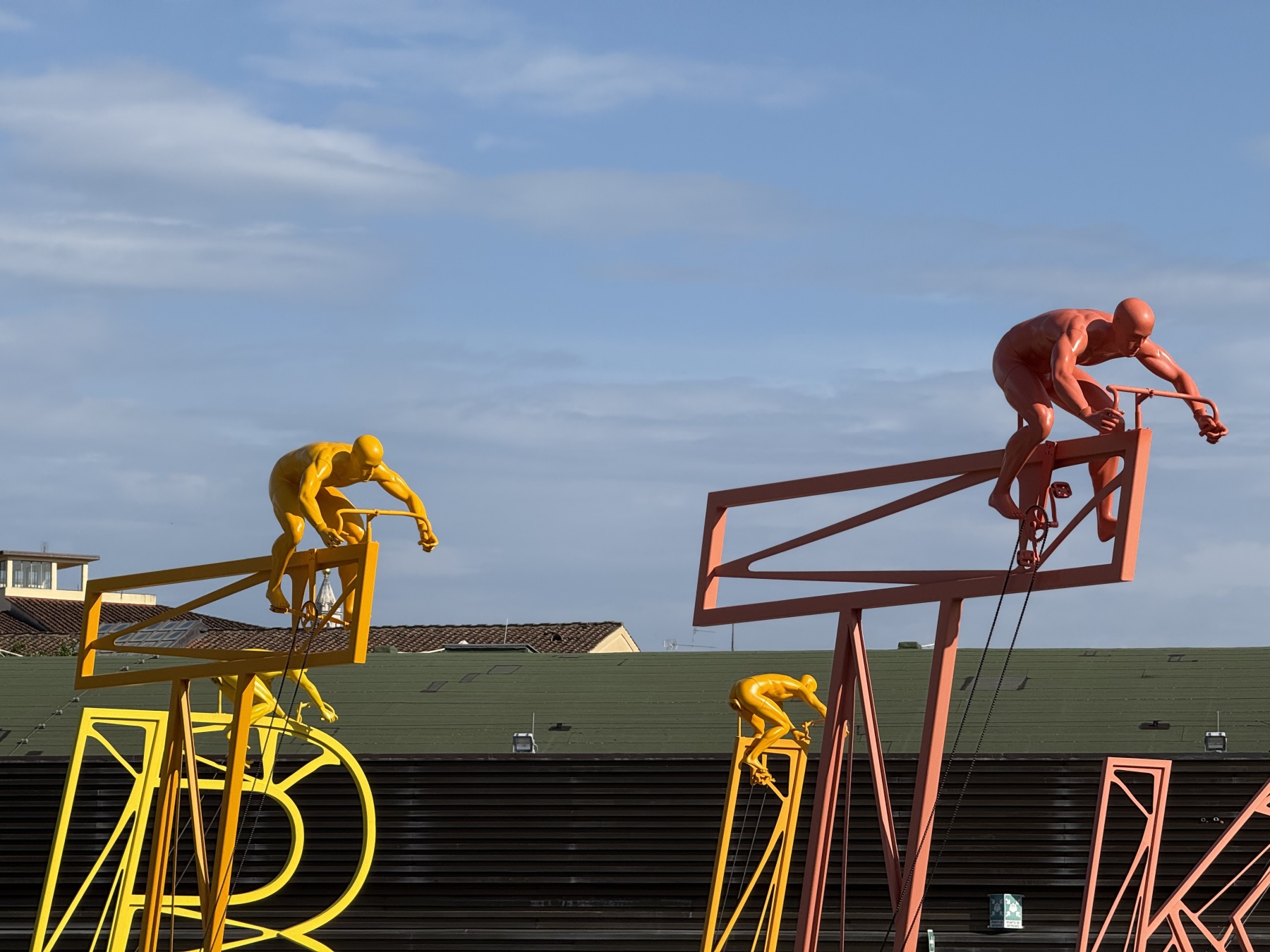Just before the opening of MICAM Milano, the International Footwear Exhibition in Milan, the Italian Footwear Manufacturers Association, Assocalzaturifici, released data related to the Italian footwear industry for the first half of 2023. Business turnover increased by 7.4% year-on-year, and exports grew by 10.2% (for the first five months). However, there was a decrease in quantity, with Italian footwear production dropping by 5.7% year-on-year for the first five months of 2023. Exports amounted to 87.9 million pairs, which was a 6.8% decrease compared to the same period last year. The average price increased by 18.2% to 62.47 euros.

Giovanna Ceolini, the chairperson of the association, stated, “The widely expected slowdown finally materialised in the second quarter of the current year. The strong rebound of 2021 – after the slump caused by the lockdowns – and the continuation of recovery during 2022 – albeit at an understandably slower pace, as business levels returned to normal – were followed by a marked deceleration, after a promising start to 2023 for most economic variables. In the April-May period, after double-digit increases in the previous months, exports, which have always been the sector’s driving force, showed rather stable values (+1%) and a setback in volume (-14.9%). All the main export destinations recorded increases in value in the first 5 months. The only exceptions were Switzerland – a traditional logistics hub, the country experienced a significant setback, probably due to different distribution strategies adopted by luxury brands, which avoid transiting through the Swiss warehouses – which recorded -13.6% (-29% in terms of number of pairs), the United Kingdom (-2.6%) and Canada (stable at -0.5%, but down sharply in terms of quantity).”
Despite recent concerns about a slowdown in the Italian economy, the Chinese market has shown very encouraging signs so far: a 20.4% increase in export volume and a 43.4% increase in export turnover. The average prices in the Chinese market, which have been the highest among Italy’s major export markets, clearly indicate that these numbers are primarily related to the performance of large luxury brands. For companies with their own brands, penetrating the Chinese market is not an easy task.
In Europe, two-thirds of every three pairs of shoes made in Italy are exported to EU countries. Export turnover increased for non-EU countries, but there was a decrease in export volume. The EU’s data is relatively better, with a 4.5% decrease in export volume but a 14% increase in export turnover. Among EU countries, France led in both export turnover, with a 19.6% increase, and export volume, with a 2.9% decrease. Other major export countries include Germany (ranked fourth in EU countries, with a 15.5% decrease in export volume and an 8.4% increase in export turnover), Spain, the Netherlands (both showing growth in export turnover and volume), Belgium (general growth), and Poland (a 10.2% increase in export turnover and a 5.2% decrease in export volume).
The trend for exports to the UK, which had already been negative after experiencing a low point in 2021 and 2022, remains unfavorable, with a 2.6% decrease in export turnover and a 13.8% decrease in export volume.
The growth rate in the North American market is slowing down, with a decrease of over 20% in export volume to the United States and Canada.
On the other hand, there are encouraging export figures for the Far East, with a 29.4% increase in export turnover and a 7.1% increase in export volume. Exports to the UAE increased by 37.7%, while export turnover and volume to Turkey both increased by over 80%.
The rebound in exports to Russia and Ukraine is also noteworthy, with a 37% increase in export turnover for both markets. However, both markets experienced a significant drop in sales due to the war.
Looking at product categories, export turnover showed mixed results, with an overall decrease in export volume, except for slippers, where the situation was the opposite, with an increase in export volume and a decrease in export turnover. Leather shoes account for 63% of overseas sales, with export turnover increasing by nearly 13%. However, export volume decreased by 5.3% compared to the period from January to May 2022 and dropped by 15.2% compared to pre-pandemic levels in 2019.
In Italy, household spending on footwear showed signs of recovery at the beginning of the year but stagnated in May and June. Throughout the first half of the year, the value decreased by 1.2%, and quantity decreased by 3.4%.
The unprecedented crisis caused by the pandemic continues to have an impact, leading to 122 footwear manufacturers (including companies and artisans) facing debt in the first six months of this year, a decrease of 3.2% compared to the end of December last year. Regarding the number of employees, the positive rebound that began last year is ongoing, with a total of 73,665 employees as of the end of June, an increase of 1.8% compared to December last year. However, the gap with 2019 still exceeds 1,200 employees.
| Source: Official Press Release
| Image Credit: Assocalzaturifici Official Facebook Page
| Editor: LeZhi



